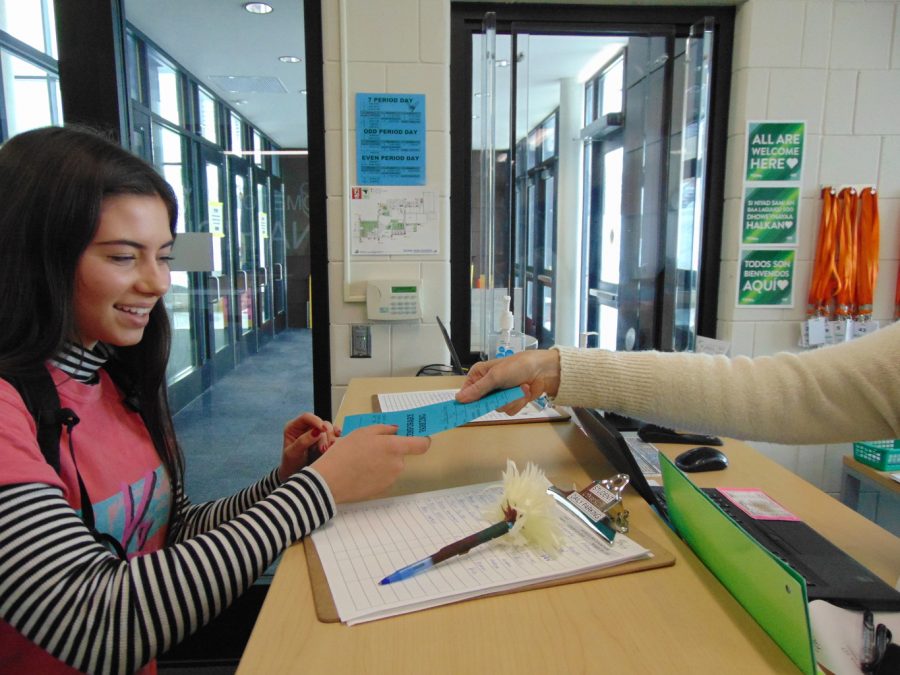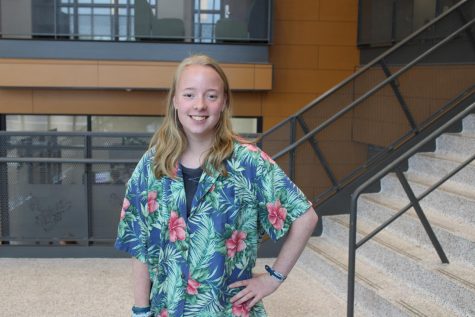The pros & cons of parking passes
April 2, 2019
$3 for a daily pass, $300 for a yearly pass, five lots (upper, lower, and three churches) and consequences that include booted tires and fines. What do all of these have in common? They’re all things that factor into parking at Edina High School. The passes, and the occasional consequences that come with them, are a common topic of complaint among students. But whether students love them or hate them, parking passes play an important role at EHS.
Arlou McPherson is an administrative assistant and frequent face in the office. Besides staying on top of students coming in late in the morning, signing guests in and out, and keeping track of who comes and goes at EHS, McPherson also manages the parking pass distribution. She coordinates the daily and yearly parking passes and registers carpools.
Mike Pretasky, an assistant principal at EHS, also plays a large role in coordinating the parking situation, including the parking space distribution and the consequences students must face for rule breaking.
McPherson manages the online program that is used to assign yearly passes and explained how the online program is used to “rank carpools, according to the different criteria.” EHS has been using the custom made online program for a few years now, and McPherson was quick to emphasize the helpfulness of the program. The criteria mainly focuses on the number of students in a car, seniority, and outside activities students are involved in. For example, “four students and a senior is the top [priority]” said Pretasky, who also pointed out that students involved in PSEO or other related activities have high priority.
The yearly passes cost $300, a hefty price, but one that EHS tries to make comparable to other nearby high schools like Minnetonka or Eden Prairie. Besides yearly pass coordination, McPherson is also in charge of handing out daily parking passes. Within the parking lot, the school budgets out around 25 to 30 spaces to use as daily spots, which students can pay $3 to use. According to McPherson, the school “sells around 20 to 30 a day.”
The administration is also tasked with letting students know when the daily passes have run out and they typically know far in advance. “We have a limited amount of spaces and we just have to work with what we have,” said McPherson. Thankfully, Schoology and intercom messages are easy ways to communicate with students in order to let them know about the parking situations for the following day.
The finances that the school receives for parking passes and fines go into something called the district’s ‘General Fund,’ which Pretasky explained “supports all programming at the district level…” However, the money can be used for parking related needs, such as lot maintenance or winter coats for the traffic security team. One exception to the finances is the money made from the parking spaces at the three available church lots, which goes directly to the churches.
While it sometimes seems like the large cost, costly consequences, and occasional shortages of daily passes give students more stress than convenience, Pretasky stressed the idea that the administration is always looking out for students. They want to help and let students have independence and flexibility by driving to school, but they also value safety and honesty when it comes to parking lots and passes. They offer parking pass scholarships for any students in need and are willing to sit down and have conversations with students in order to minimize unwanted behaviors in the parking lot. “I’m just trying to keep it fair and help everybody I can,” said Pretasky.



